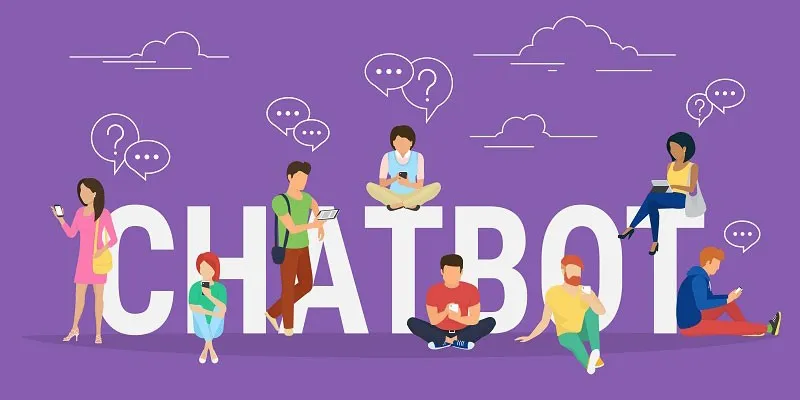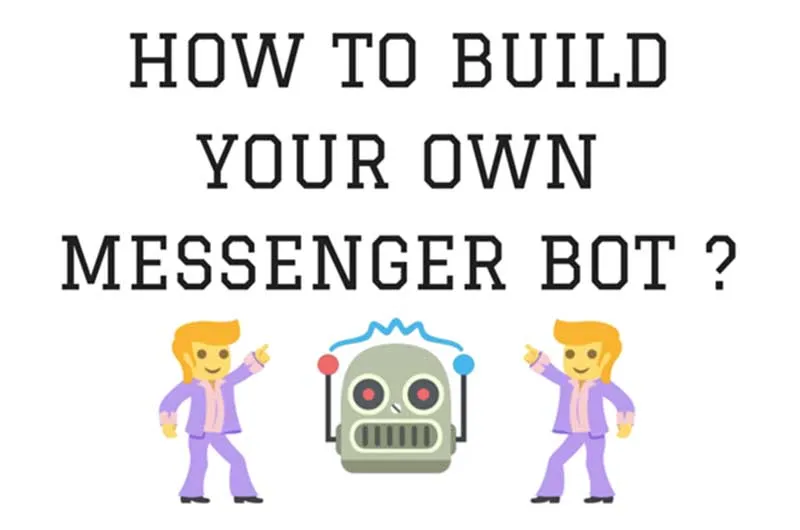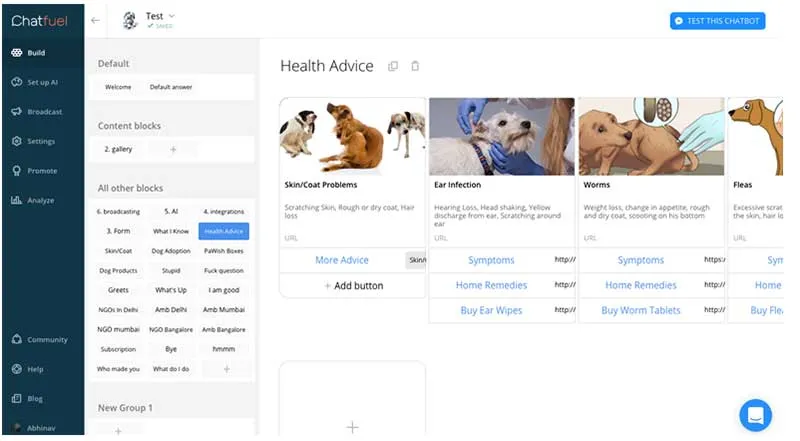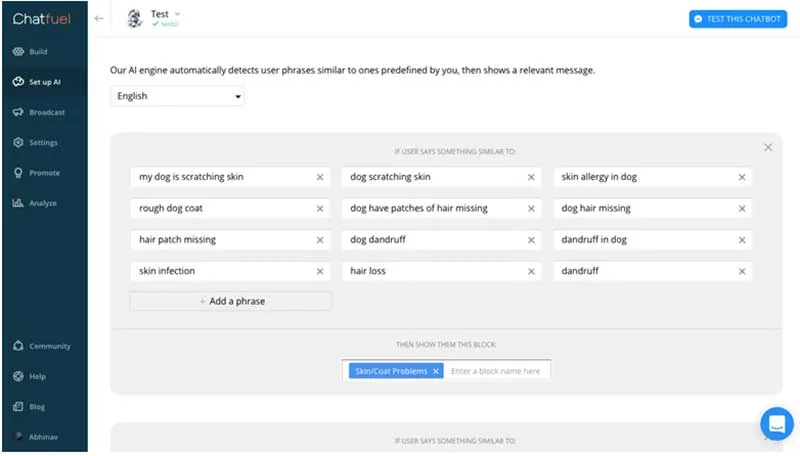Everything you need to know about chatbots

Chatbots: a real game changer
The year is 2020. You had a late Sunday night and Monday blues are ready to strike. As usual, you have a ton of work to get out of the way. Enter your friend who we’ll call ‘ABC’ in the spirit of objectivity. You message ABC to get your laundry picked up and to book a table at the new Chinese joint for lunch. You request him to check if the Zara fall collection is out and to order that bag you've been waiting for. Your wish is ABC’s command (literally). ABC does all of this and more. He books cabs, sets doctor's appointments, and helps you plan taxes. How awesome is ABC? Surely ABC can’t be a real person. You're right. ABC is not a real person. ABC is a chatbot.
Umm...what’s a chatbot?
It is a bundle of code used to perform tasks and interact with users through the most intuitive interface — texting. It shows intelligence in comprehending the user’s conversational input and attempts to respond in an engaging way. Just to set the record straight, it will be quite some time before we can make chatbots as sophisticated as ABC. However, that does not in any way mean that chatbots are a recent phenomenon. They’ve been around for quite some time.
Really? Then why am I hearing about them for the first time?
I am almost certain that everyone reading this has at some time in his/her life visited a chat room or used Yahoo! or MSN messenger. If you were an adolescent growing up in the ’90s, you had to have had these. Remember those times when complete strangers would start conversations with you and, in the course of conversation, tell you to visit another site and promise you things in return? (I think you know where I am going with this.) One had a funny feeling talking to these ‘strangers’. Something didn't feel right. Even though they said nothing that could be classified as senseless or illegible on the face of it, they just didn't seem like real people. Chances are, you were talking to a CHATBOT.
Jog your memory to a few months ago… Remember how Facebook released bots for their messenger? Currently there are more than 11,000 chatbots on Facebook Messenger. There is a bot for almost everything; here are some that you can check out.
A bot makes sense for almost any kind of service, content, or product-based business. Chatbots can be developed for any of the major chat products like Facebook Messenger, Slack, Telegram, text messages, etc.
Fair enough, but do I have to be a computer geek to build one?
No! A fully functional trial bot can be easily made in 10 minutes (I am not kidding you), but it can take anything between seven and 30 days to make and deploy a bot performing meaningful work.

The process of building a bot can be broken down into the following steps:
1) Start
The simple way a bot works is to make it figure out all the questions and corresponding answers about a particular subject and then match them. Sounds a little rocket sciency? Trust me when I say this… anyone can build one. I built DogBot, a Facebook Messenger chatbot with practically zero experience. The bot helps pet parents with their dogs’ health issues and finds NGOs/animal ambulance services for stray dogs in need. It also serves to help adopt dogs, buy dog products, and book appointments with vets.
It worked for me and it probably will for you. Some other people have also tried making bots on themselves. Try this one https://twitter.com/sandimacbot
2) Structure the info
Once you have figured out the theme, you need to structure the information into relevant categories and subcategories so that the bot can answer top-level questions and also deeper ones on a subject. For example, in my case, the broader category was health advice, dog adoption, and dog products.
Some examples
- Health advice: Skin and coat issues, ear infections, worms, fleas, and vomiting issues. Second-level information includes reasons for the issues, home remedies, and remedial product suggestions
- Dog adoption: Where to adopt, why adopt, adoption formalities
- Dog products: Clothing, cakes, cookies
Further, all these subcategories have five to eight recommendations each from where the user can directly find the relevant information around different subcategories. For you it can be leading to your product page, filling up an email form, getting a table booked, or online ordering for your restaurant etc.
3) Let’s build it
There are many tools to build your bot; it all depends on how complex you want to get. I will be outlining the tools by which even non-coders can build and deploy fully functional bots.
A) Drag-and-drop bot-makers: You can easily make your Facebook and Telegram bots on the following tools by just dragging and dropping:
- Chatfuel : Drag-and-drop bot-maker for Facebook and Telegram
- Many Chat : Build FB Messenger bots without coding
B) For more customisation, slightly more complex options you can go for:
I built DogBot on Chatfuel without any coding.
This is how my structure looks:

You start building “blocks” which are basically your answers or recommendations for the queries your users might have.
I defined my answers into following groups
- Welcome message (the first message) and default message (when your bot does not understand the question).
- Conversational answers for queries like “Hi DogBot,” “Who are you?” and “Why were you built?”
- Top-level answers for queries like ‘health advice’, ‘dog adoption’, ‘dog products’, etc.
- Detailed answers for queries like ‘ear Infection’, ‘worm and flea infection’, ‘dog shampoos’, etc.
4) Train
Now that you have built the basic structure for your bot, it’s time to train it. So basically your bot will answer the queries or requests of your users. You already have all the answers structured above in blocks. All you need to do is figure out the right questions and match them with the answer. One of the AI phrase matches looks something like this:

Defining phrases (queries) is easy if you know what your users will ask. I had to make questions individually for categories and subcategories. E.g.
When a user says “My dog is scratching himself,” DogBot shows the Health Advice block which has five subcategories.
But when a user says “I need dog toys,” DogBot shows the Dog Products block that recommends different dog products.
While websites and apps have UI (User Interface) and UX (User Experience) to hold users, a bot has “conversational experience”. It’s really easy to get them to smile while talking to your bot because of that conversation nature.
This and the fact that the users don’t need to step out of their favourite messaging apps to interact with your brand has the potential to make 2016 the year of the bots.
(Disclaimer: The views and opinions expressed in this article are those of the author and do not necessarily reflect the views of YourStory.)







